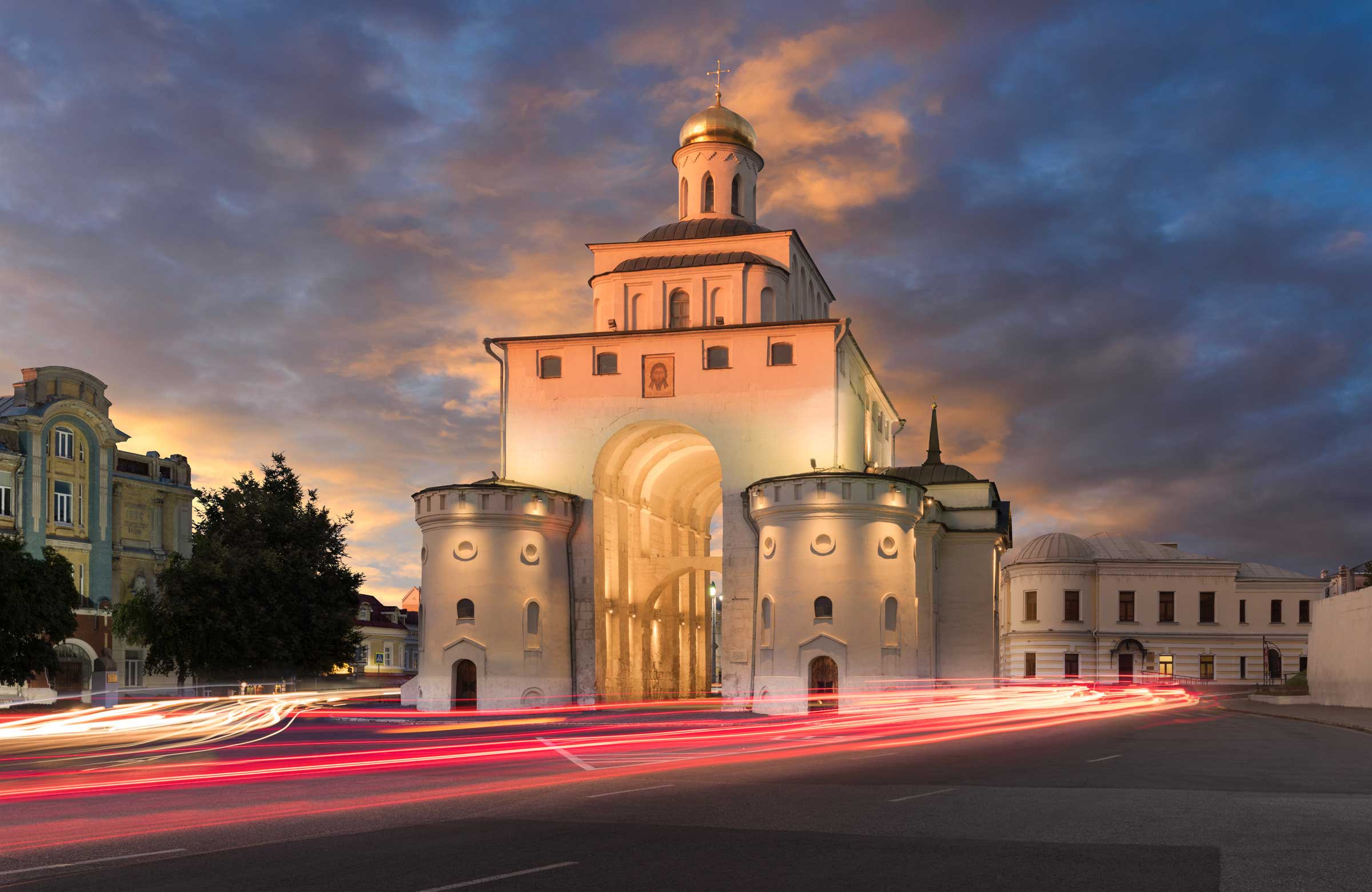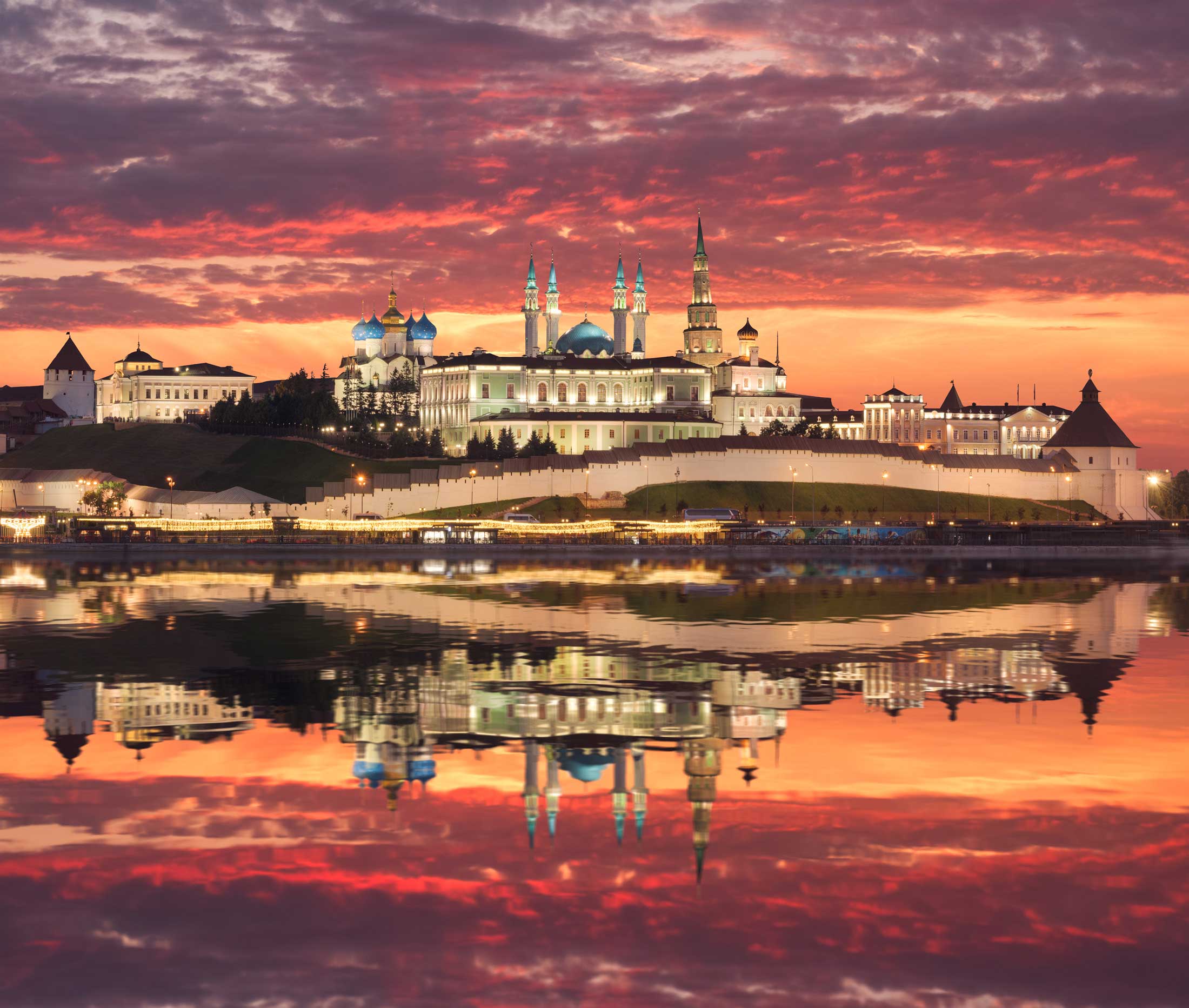
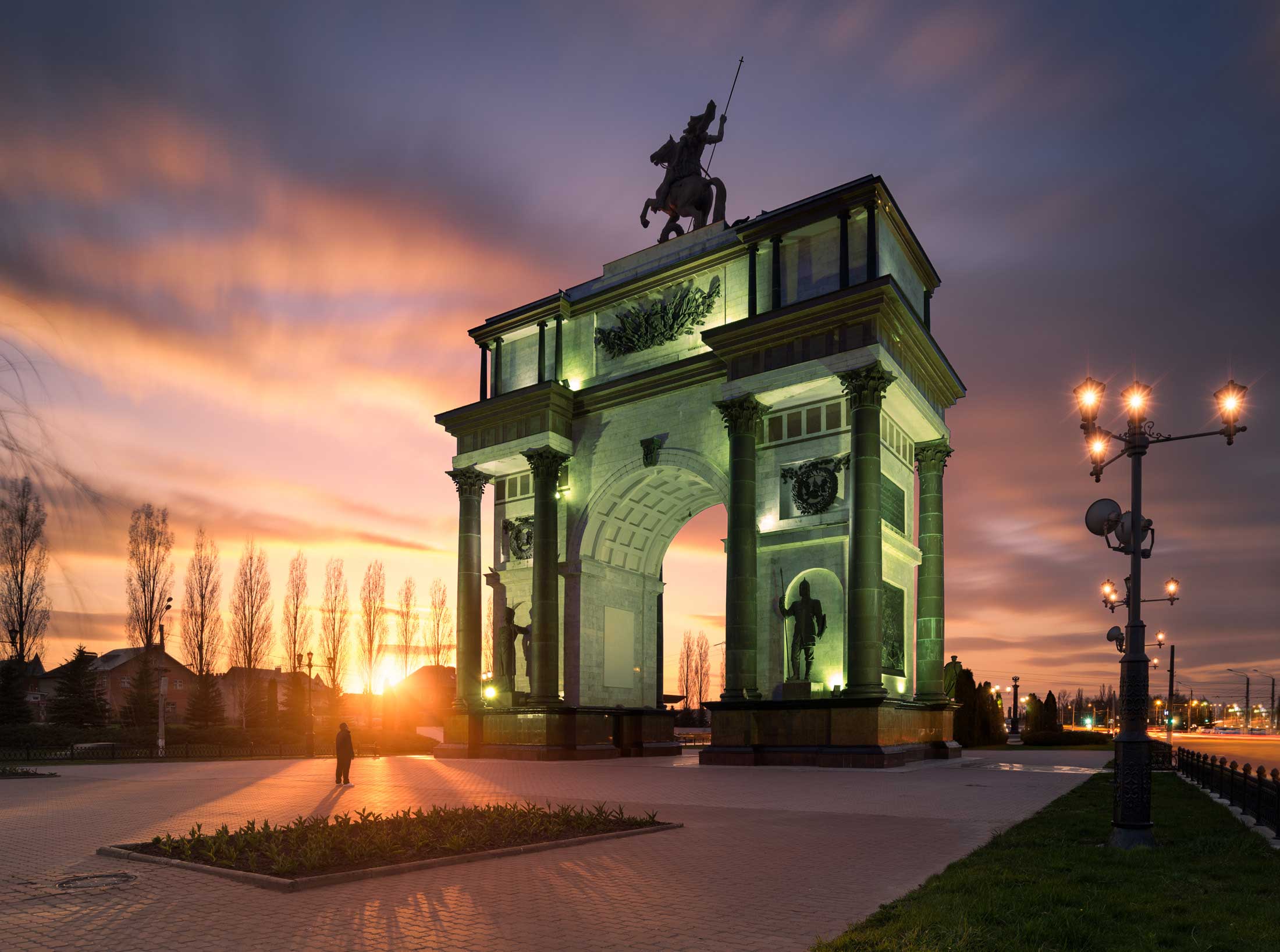

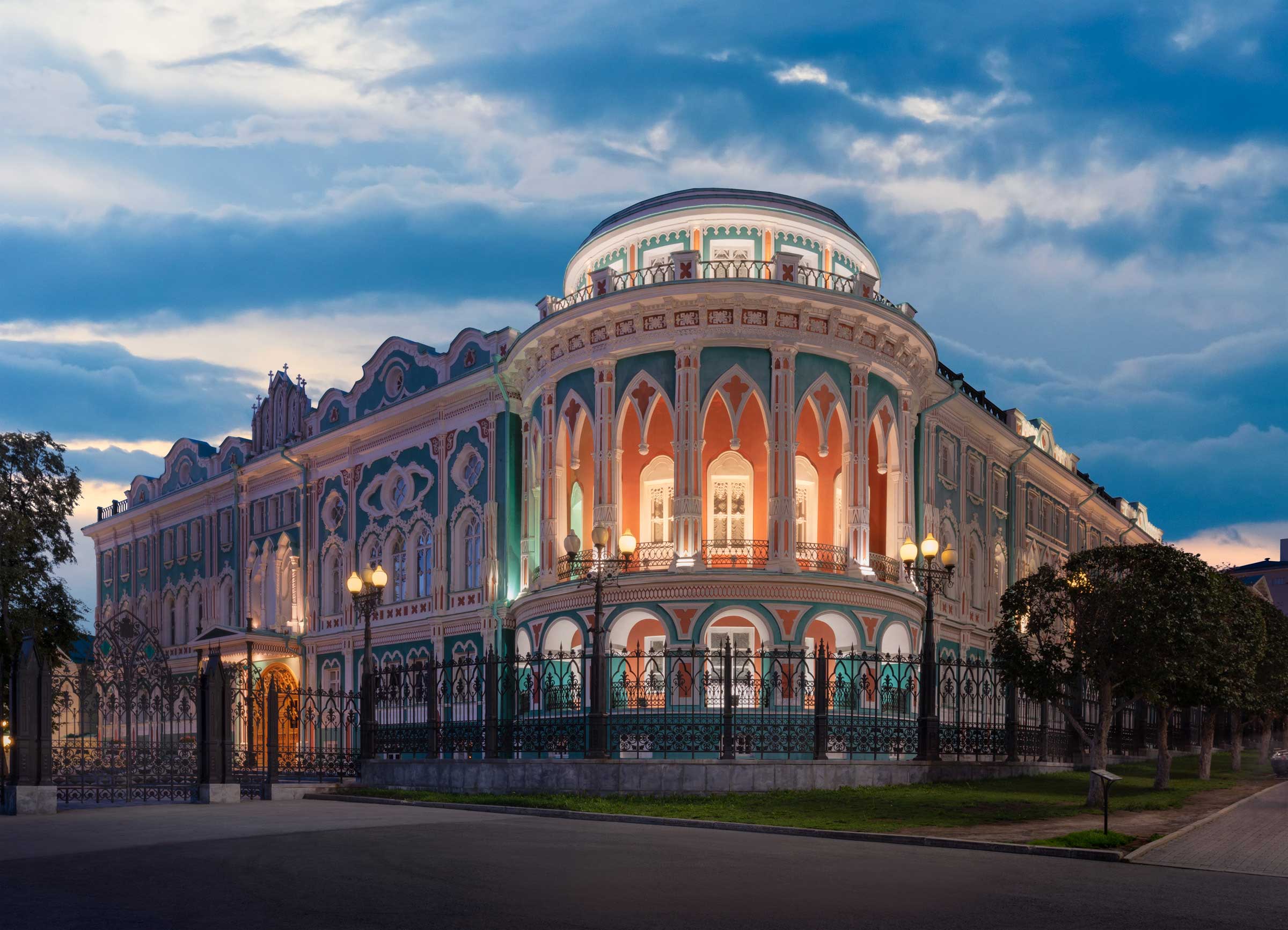

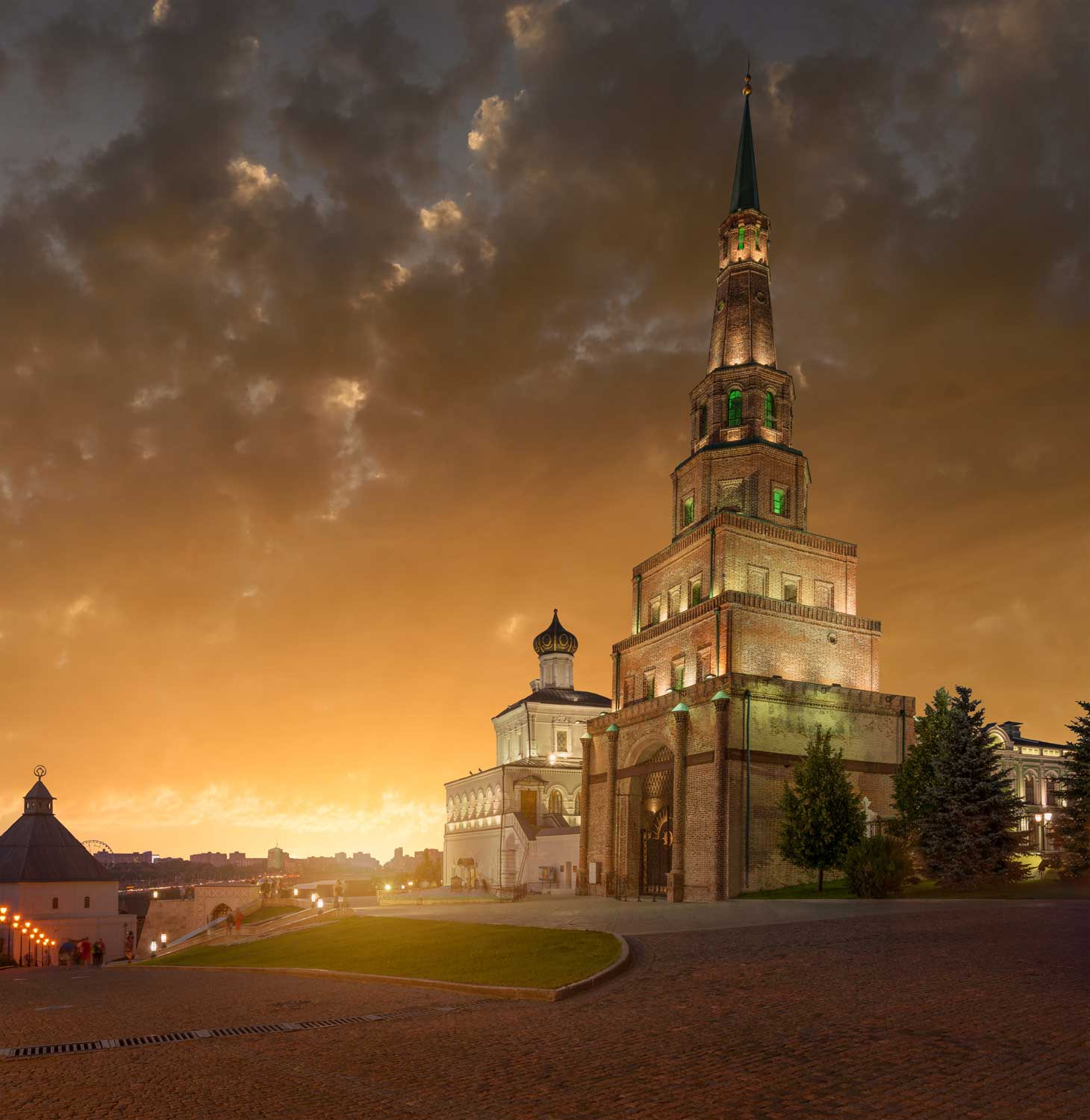
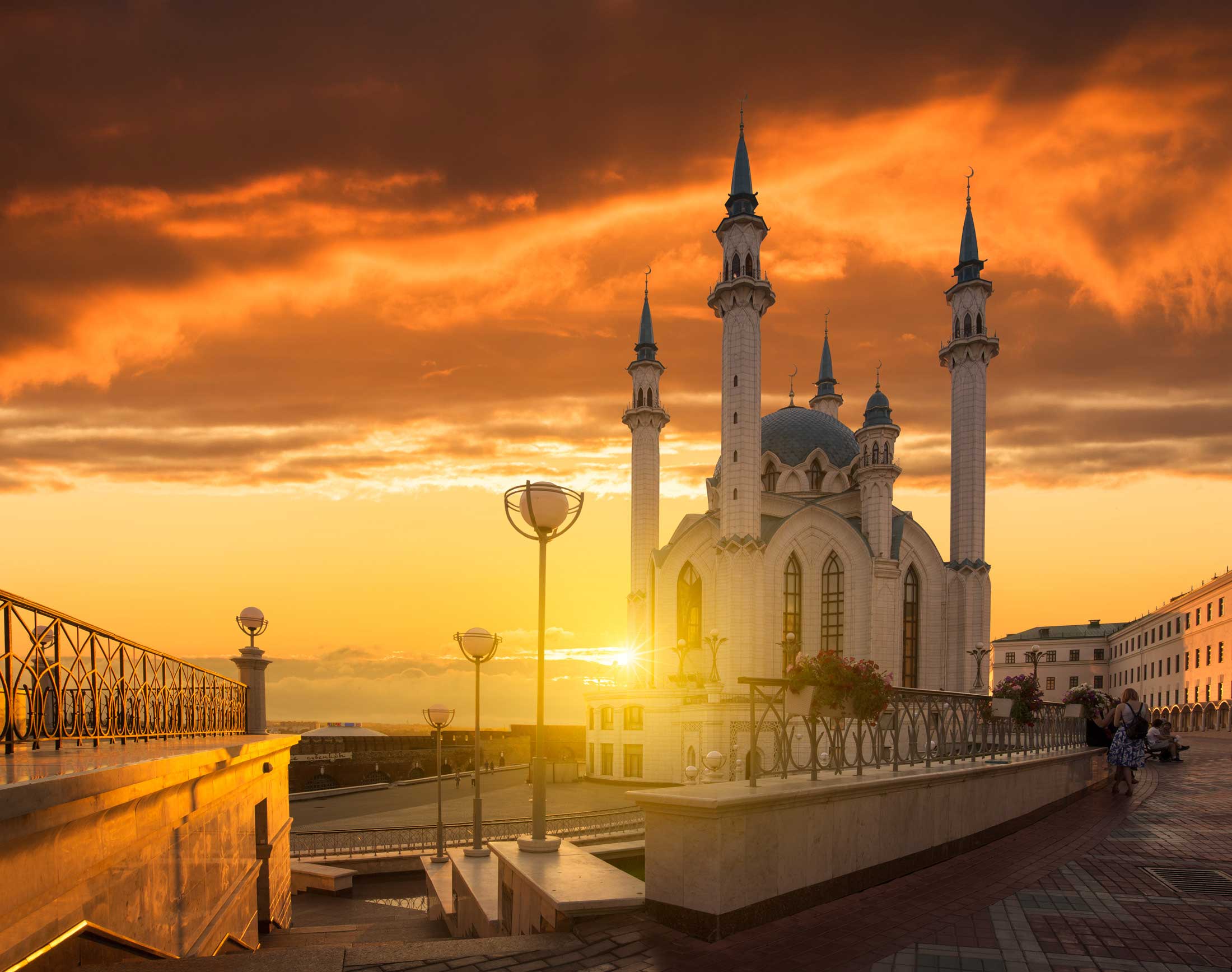
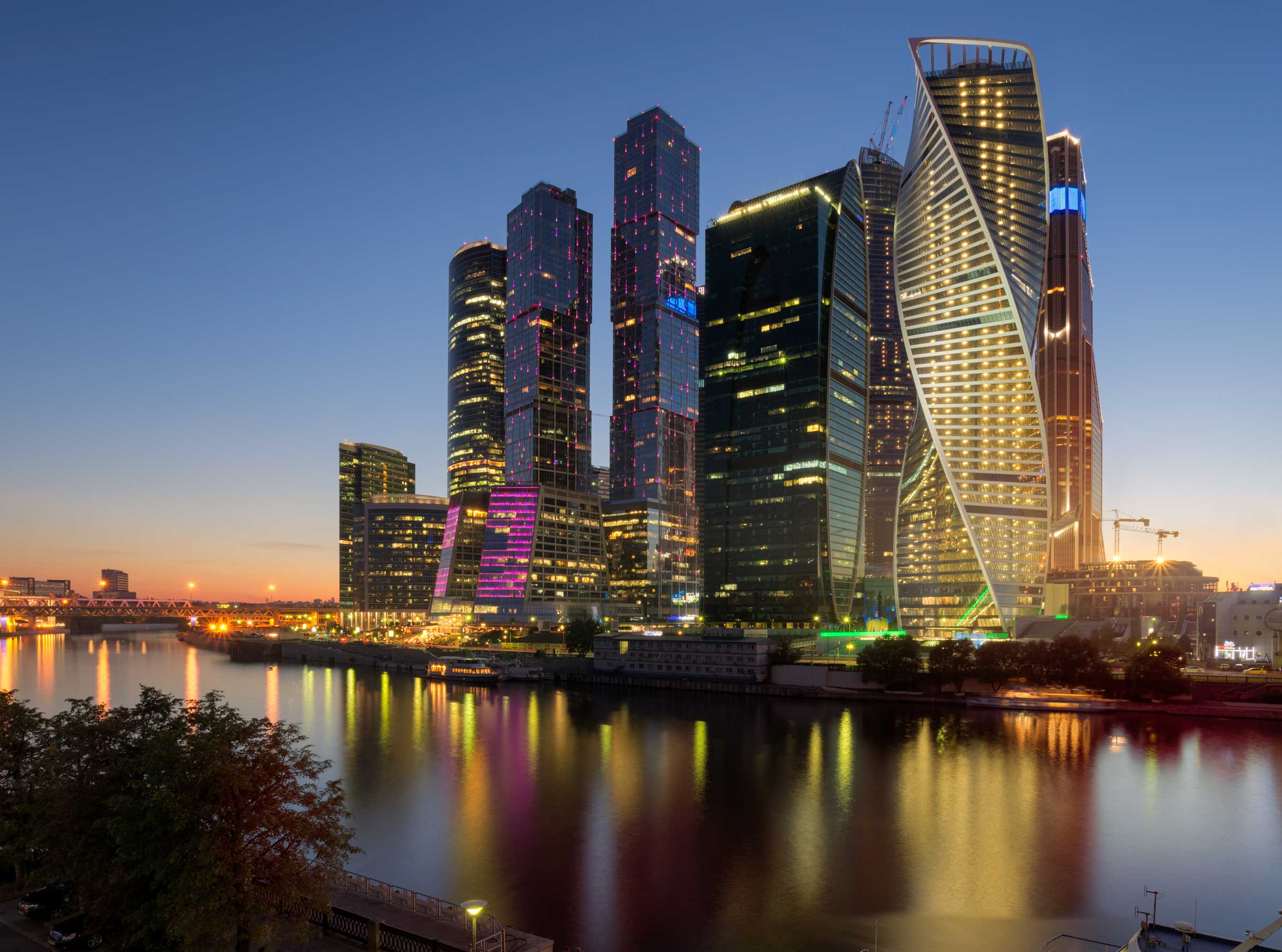
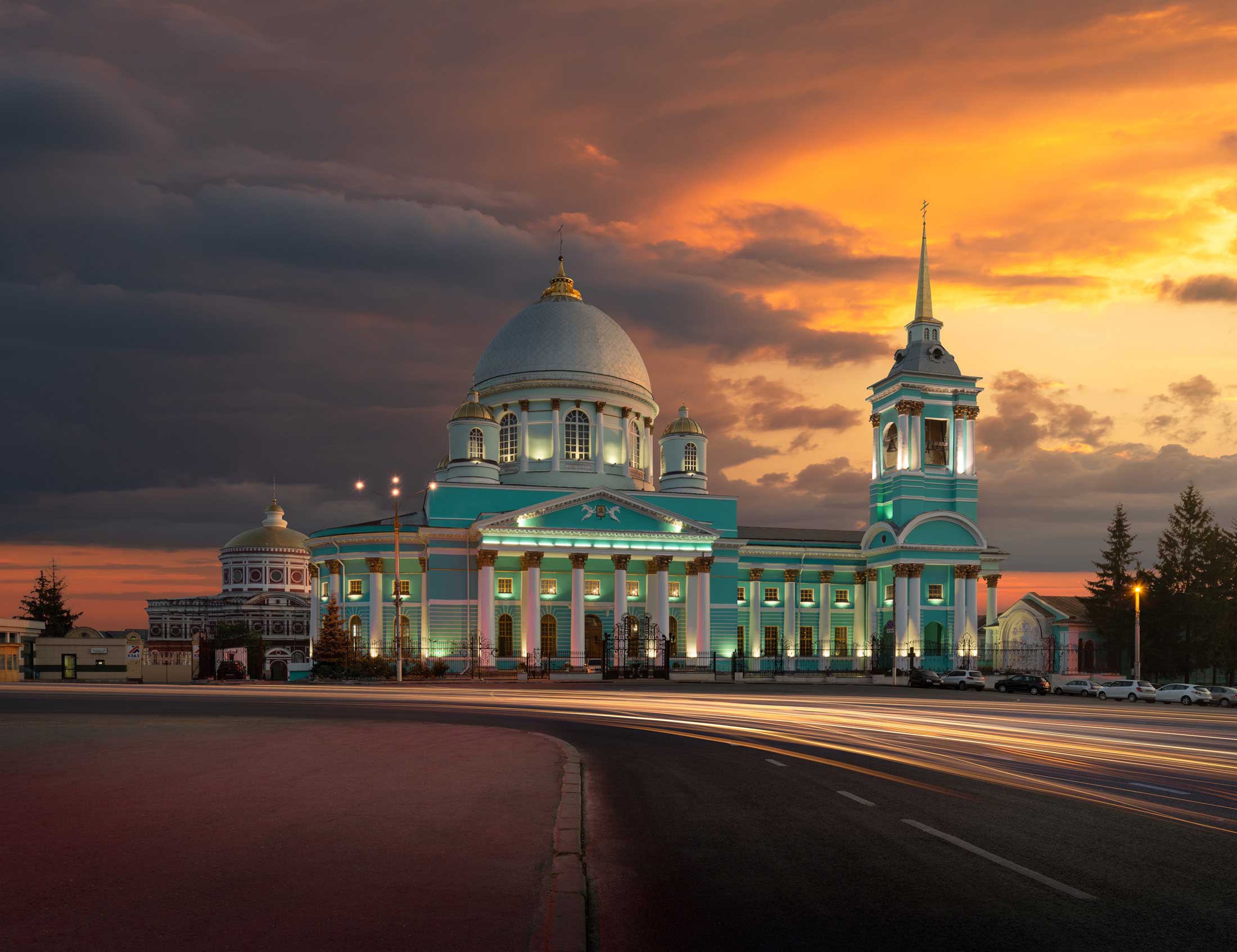
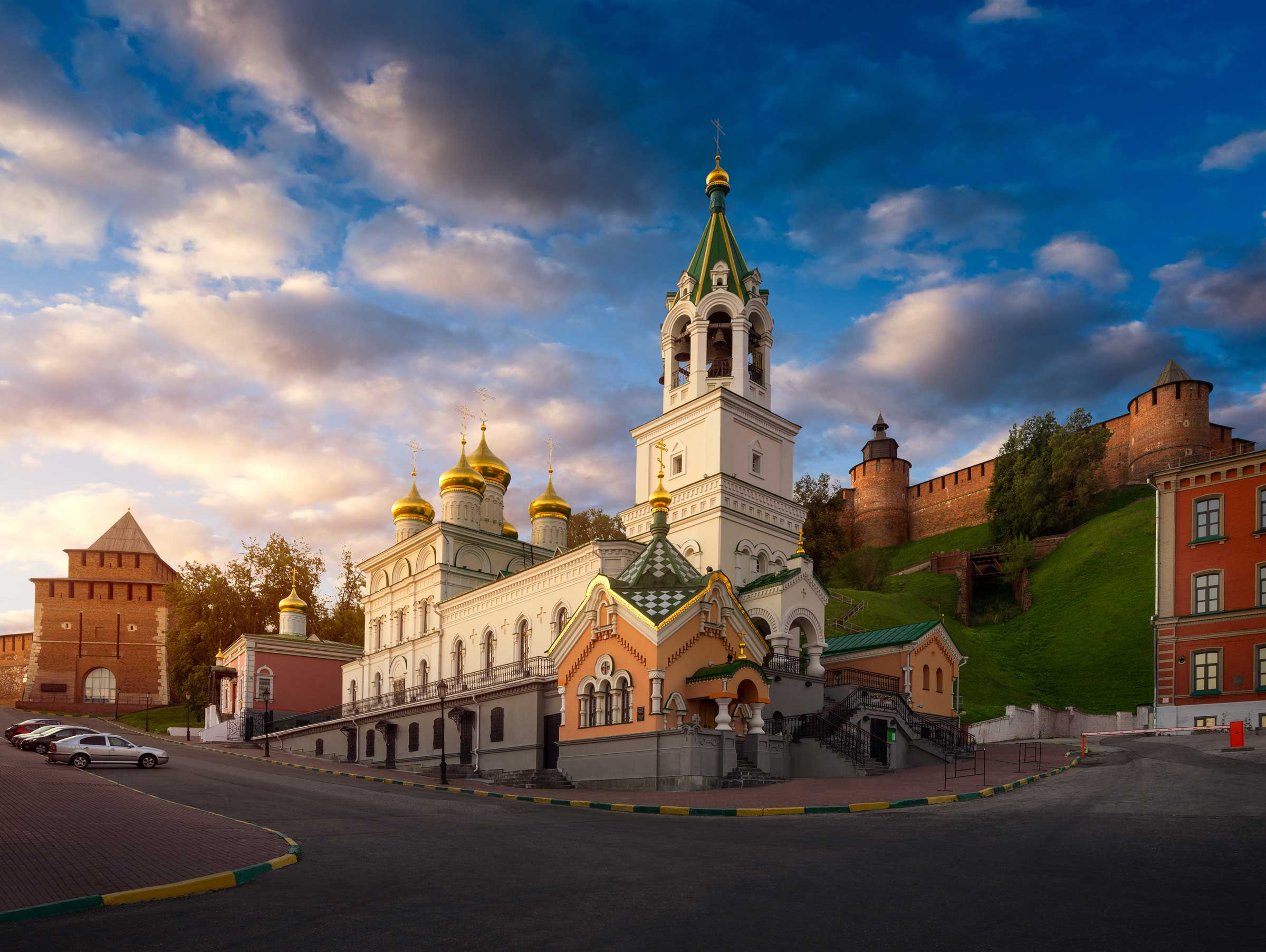
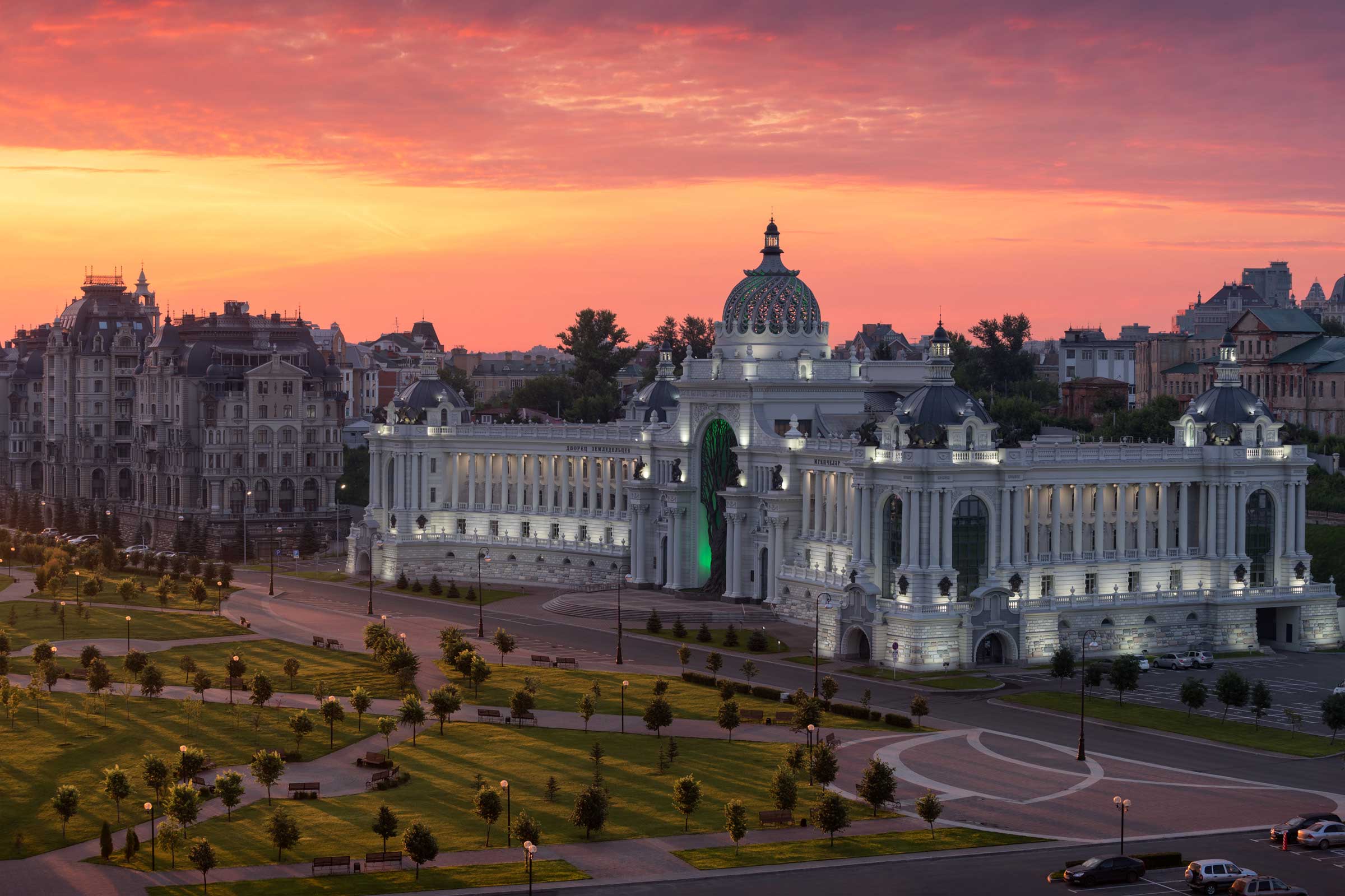
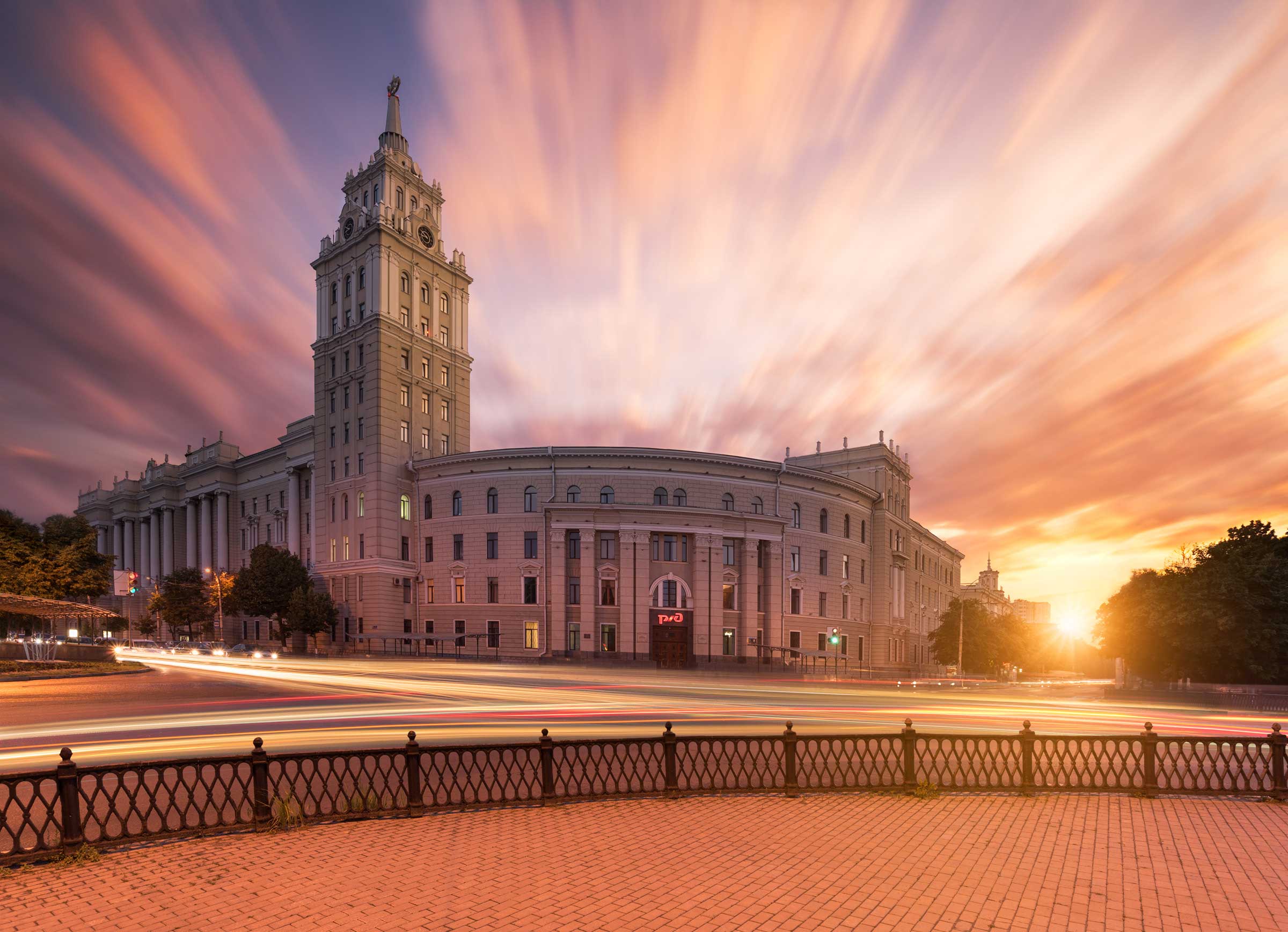
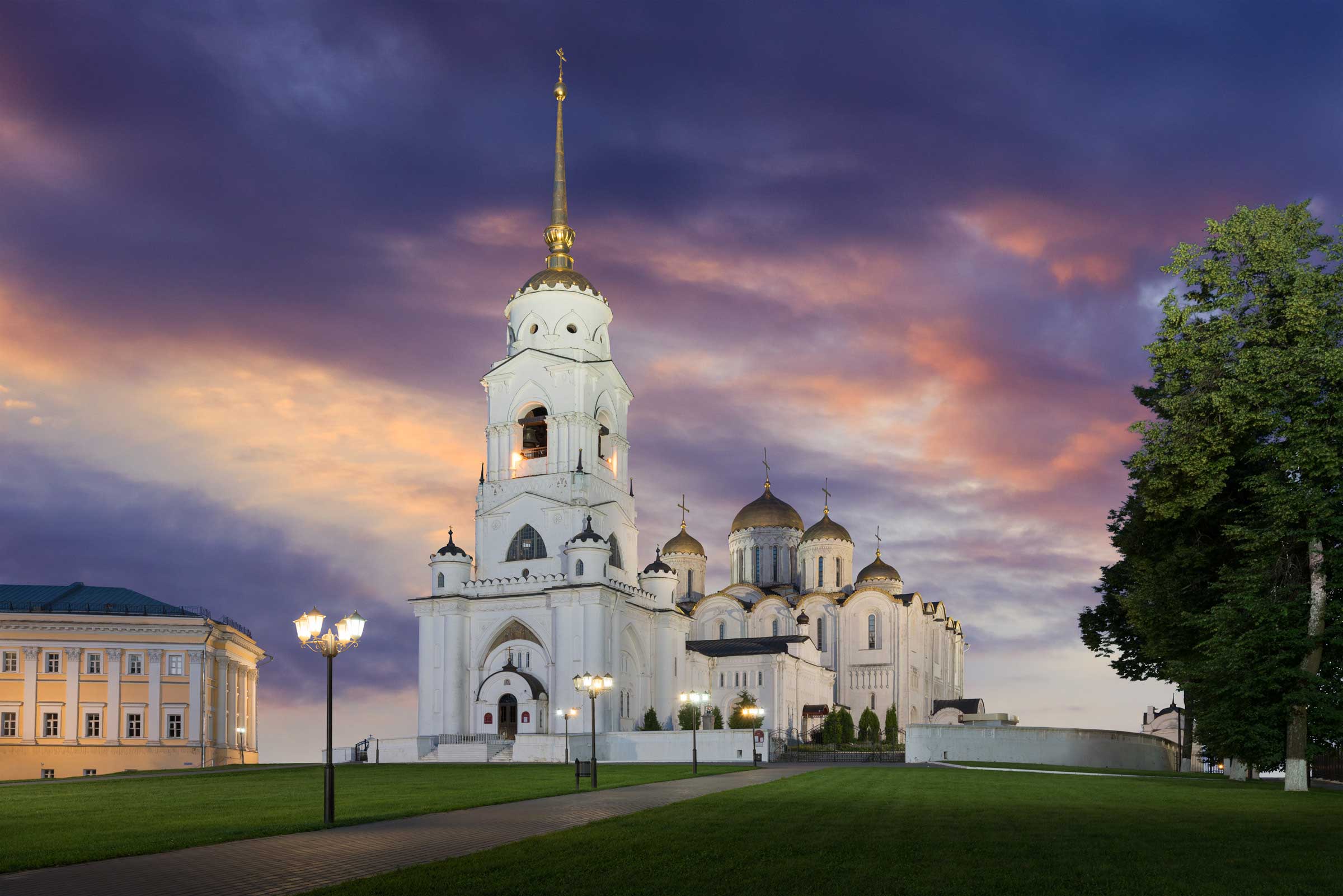
Cathedral was commissioned by Andrew the Pious and dedicated to the Assumption of the Virgin Mary. Rebuilt in 1185 after a great fire, four corner domes were added its layout expanded. This cathedral became the model for the church of the same name in Moscow’s Kremlin. It is part of the World Heritage Site of the White Monuments of Vladmir and Suzdal.
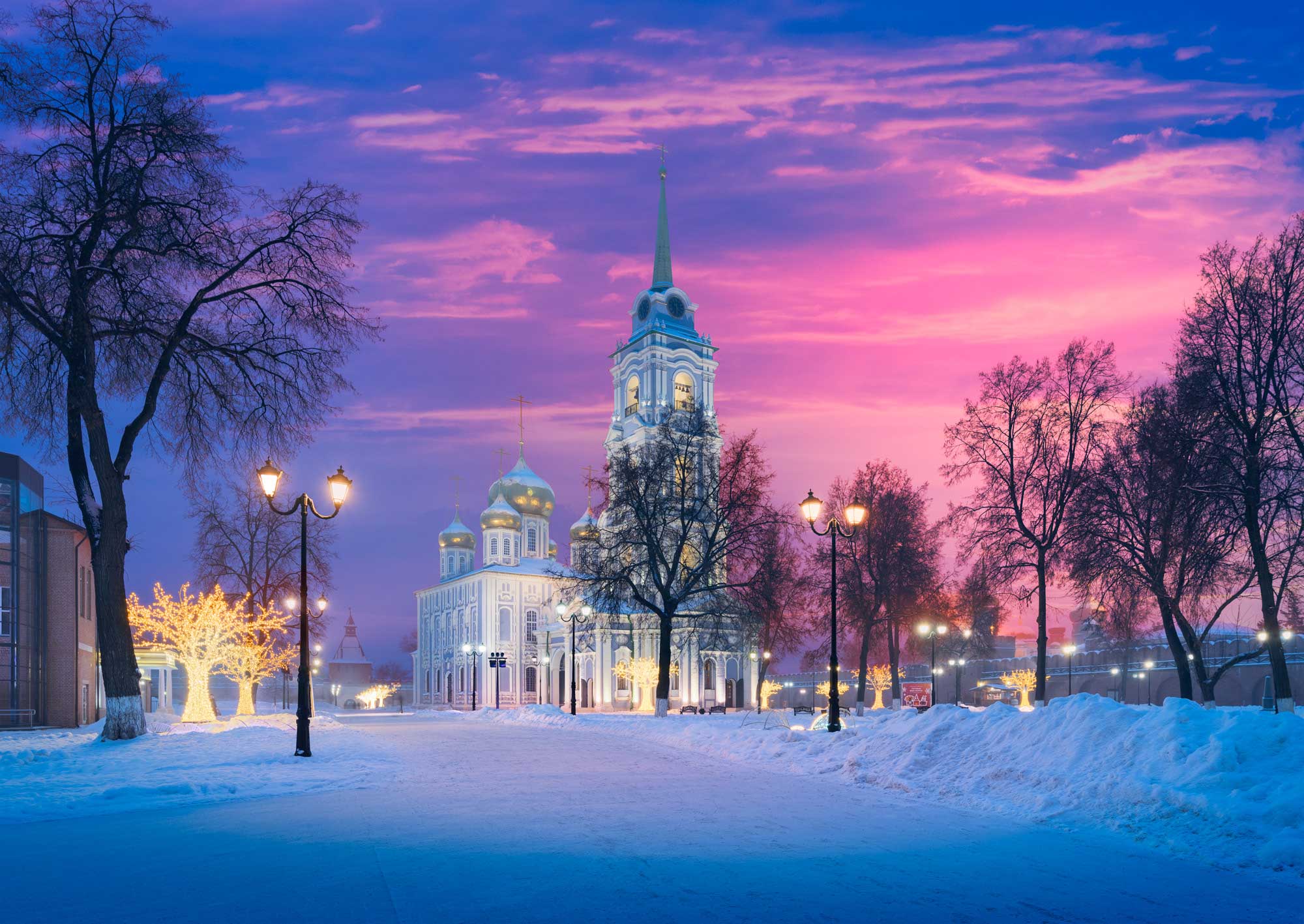
and his forces in 1552 by the troops of the Kremlin was instrumental in Ivan the Terrible’s success in conquering Kazan.
